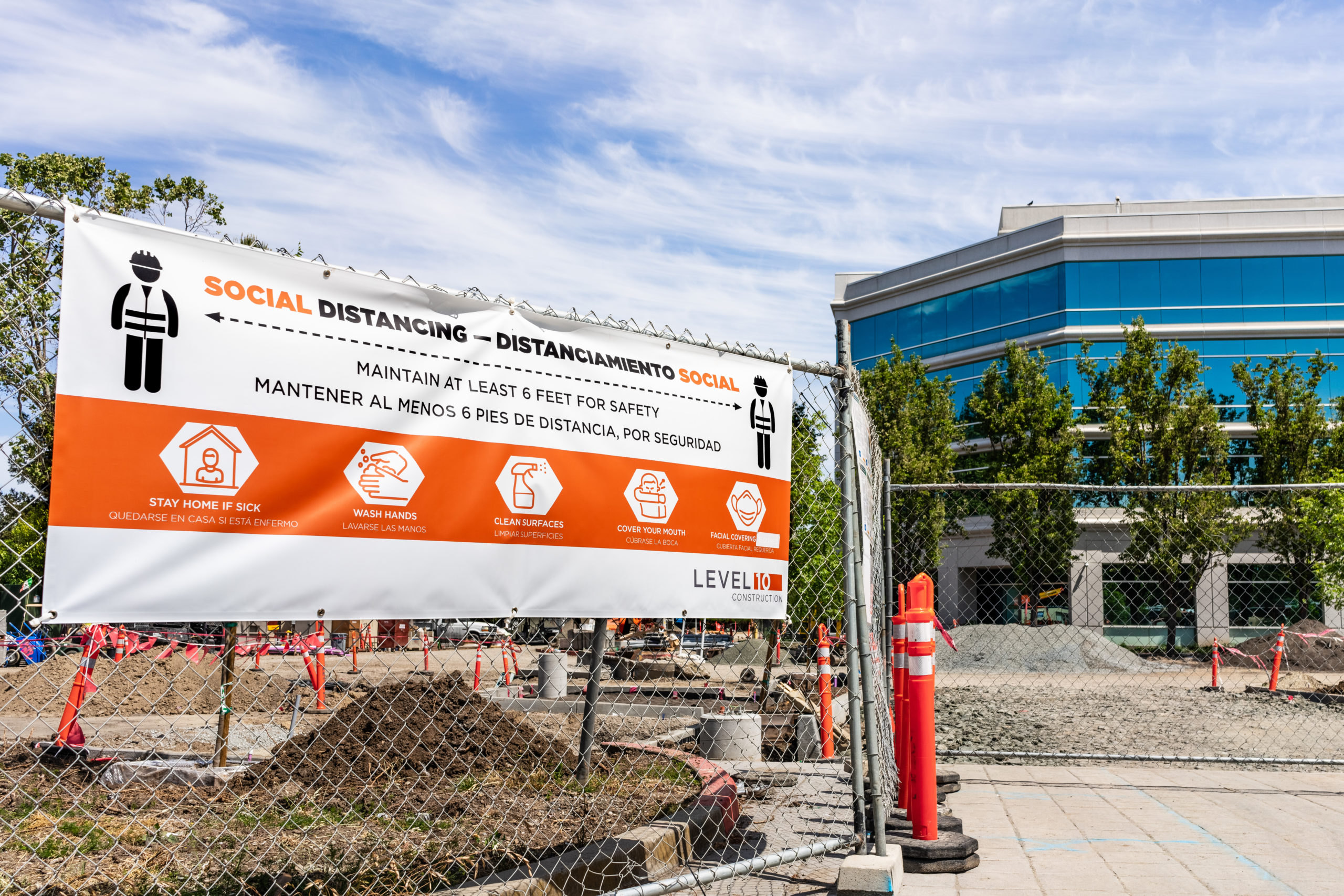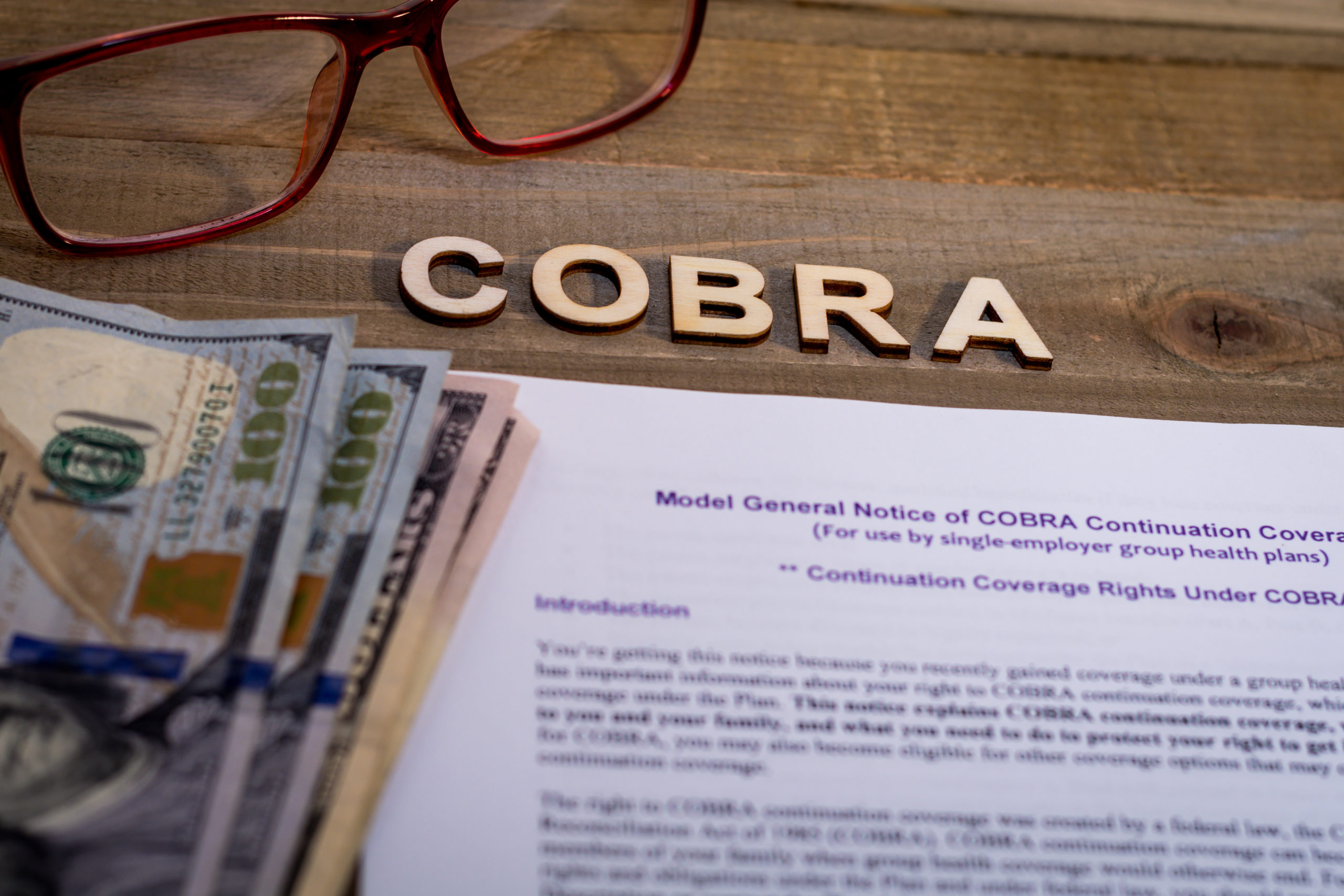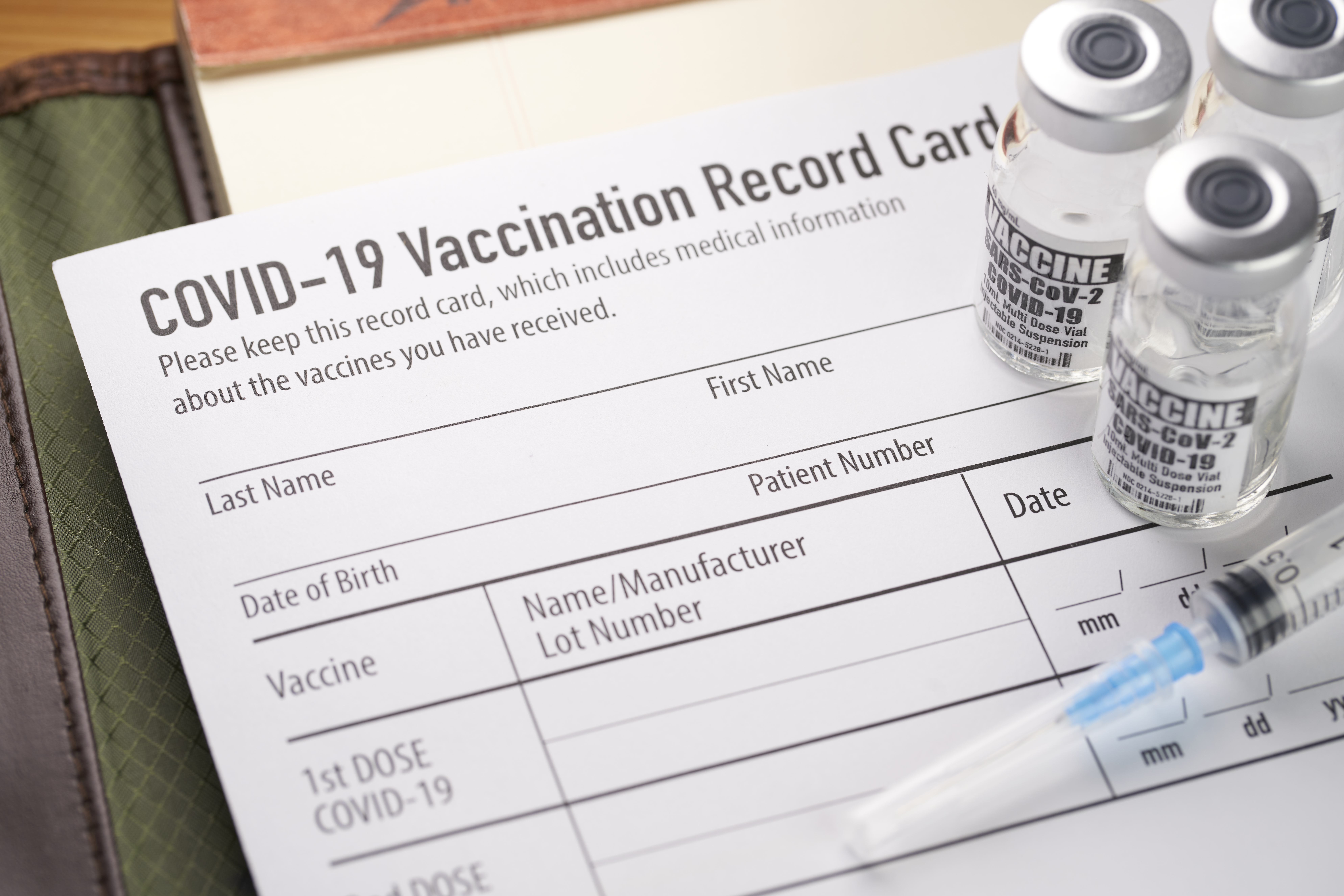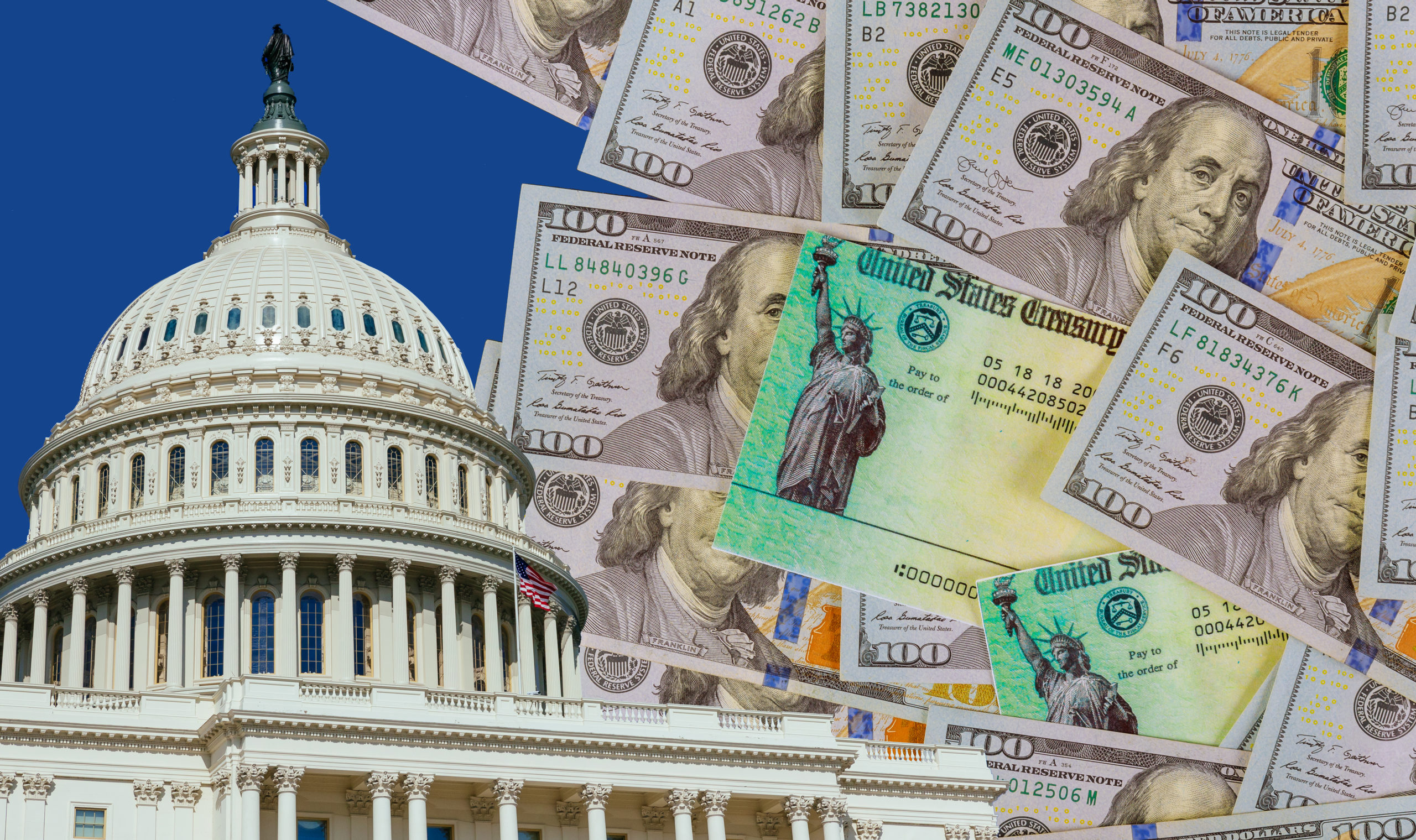New Jersey now requires workers in certain key industries, including healthcare, education and public service, to be vaccinated or to undergo regular COVID testing if they are not yet vaccinated. This Update provides information on the recently released NJ Executive Order 253 (Vaccine or Testing Requirements) requiring workers in preK-12 settings to submit proof of full vaccination or submit to COVID testing at least once or twice a week, effective October 18, 2021. This Order will apply to all education workers, including full and part time employees, contractors, regular volunteers, and others working in the covered preK-12 settings school grounds. It applies to public, private, and parochial schools, including charter and renaissance schools.
Helpful NJEA Guidance
The New Jersey Education Association (NJEA) has posted a helpful set of Q&As related to the Order based on information made publicly available by the State of NJ, the NJ Department of Health (DOH), the Centers for Disease Control and Prevention (CDC), and the Equal Employment Opportunity Commission (EEOC). According to the Q&As:
- Those who do not submit proof of vaccination by October 18, 2021 will be required to be tested at least once or twice weekly.
- Employers can require testing more often than twice weekly if they chose. The test can either be antigen or molecular; rapid tests will not be accepted.
- Tests can be taken on-site by the employer or proof uploaded by the worker.
- Test results must be stored according to the confidentiality provisions of the Americans with Disabilities Act (ADA) and other applicable privacy laws.
- Employers must have a policy for tracking test results and report results to local health departments.
Screening Testing
The NJ DOH has issued a recommendations document indicating (at page 14) that schools should use screening testing as a strategy to identify cases and prevent secondary transmission. Screening testing involves using SARS-CoV-2 viral tests (diagnostic tests used for screening purposes) intended to identify occurrence at the individual level even if there is no reason to suspect infection— i.e., there is no known exposure. This includes, but is not limited to, screening testing of asymptomatic individuals without known exposure with the intent of making decisions based on the test results. Further information on screening testing is available in NJ DOH screening testing guidelines. The US Department of Health and Human Services (HHS) and the CDC have made available a grant program to assist schools with implementing screening testing. Participation in this program is voluntary but strongly encouraged. More information can be found in the memo to schools. Schools interested in participating in this program can obtain additional information by contacting their local health department.
COVID Testing Costs
Diagnostic COVID testing of symptomatic individuals and asymptomatic individuals who were exposed to someone with COVID-19 are generally covered by health insurance. But health insurance and the NJ State Plan will generally not cover mandated regular workplace and school testing.
NJ Free Program for Districts
NJ’s Governor Murphy announced that the NJ DOH will offer a free program for school districts to conduct the required testing, funding by a combination of federal Elementary and Secondary School Emergency Relief (ESSER) funds and state Governor’s Emergency Education Relief (GEER) money. According to the NJEA Q&As, more information will be forthcoming once the DOH provides more detail on this program. The State has promised to continue to work closely with these preK-12 settings to successfully implement the requirements of the Order. Apparently, according to Murphy, NJ school districts will have a choice between using state-contracted vendors to provide testing on-site at schools or using grant money to fund in-house testing programs already in place as long as they are consistent with the DOH guidelines. Murphy said during a recent COVID briefing that he suspects more federal funds may be on the way.
Please contact your Conner Strong & Buckelew account representative toll-free at 1-877-861-3220 with any questions. For a complete list of Legislative Updates issued by Conner Strong & Buckelew, visit our online Resource Center.










